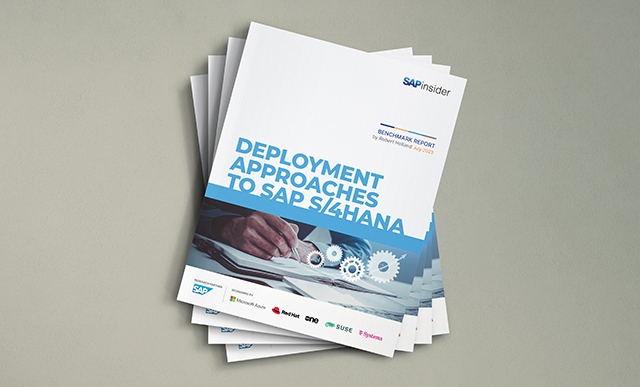Protiviti Shares Phase 0 Strategy for SAP S/4HANA Implementation
Meet the Authors
Key Takeaways
⇨ Protiviti’s Phase 0 assessment delivers a well-planned comprehensive roadmap for successful S/4HANA implementation.
⇨ The Phase 0 approach focuses on business processes including mandatory change impact, solution design, data migration and deployment strategy.
⇨ With this approach, companies can finalize the scope, approach and implementation of their unique project roadmap.
Almost all SAP customers are at some stage in completing their SAP S/4HANA journey. Large projects like these have inherent risks such as negative impacts to financial performance, damage to brand, loss of customer goodwill and loss of talent. As a solution, Protiviti’s Phase 0 assessment delivers a well-planned comprehensive roadmap for successful implementation.
The Phase 0 approach focuses on business processes including mandatory change impact, solution design, data migration and deployment strategy. With this approach, companies can finalize the scope, approach and implementation of their unique project roadmap.
When considering a deployment strategy, first determine whether to take a Greenfield approach, Brownfield approach or a hybrid of the two. Greenfield conversions are typically used when there is a desire to move from a highly customized environment to a more standard environment. A Brownfield approach is typically used in organizations that have much more standard or well-maintained environments already.
Explore related questions
Thereafter, an organization should determine the strategy for fit to standard versus design and build, plus the impact of mandatory changes and optimization opportunities. SAP has several readiness tools that can help to provide some guidance here, but additional analysis is often needed to make plans executable.
Protiviti believes it is integral to understand the current state of data before getting to the data migration stage of the project. When pulling data into Phase 0, it helps to align not just around the data conversion, but also the data structures. This is a great opportunity to clean up customers, vendors and materials that are no longer active.
Organizations should additionally look at their analytics and reporting needs, developing the reporting strategy and what the data structures need to look like. This should include reviewing both current reports and issues with those reports as well as what future reporting needs might be.
Another key part of Phase 0 is the implementation of a master data governance (MDG) framework so that once data issues are remediated there is a good process in place to keep data clean and relevant.
During solution design it is important to confirm that all applications that are integrated with SAP are compatible with the latest release of S/4HANA. If issues are found it is best practice to remedy these prior to kicking off the larger program to minimize risk.
With clarity around these items, Phase 0 makes it possible to put together a comprehensive roadmap, resource plan, project estimates and the overall business case necessary to initiate S/4HANA programs of this scale successfully.
Reporting by, Don Loden – Managing Director and Chris Hanson – Director






